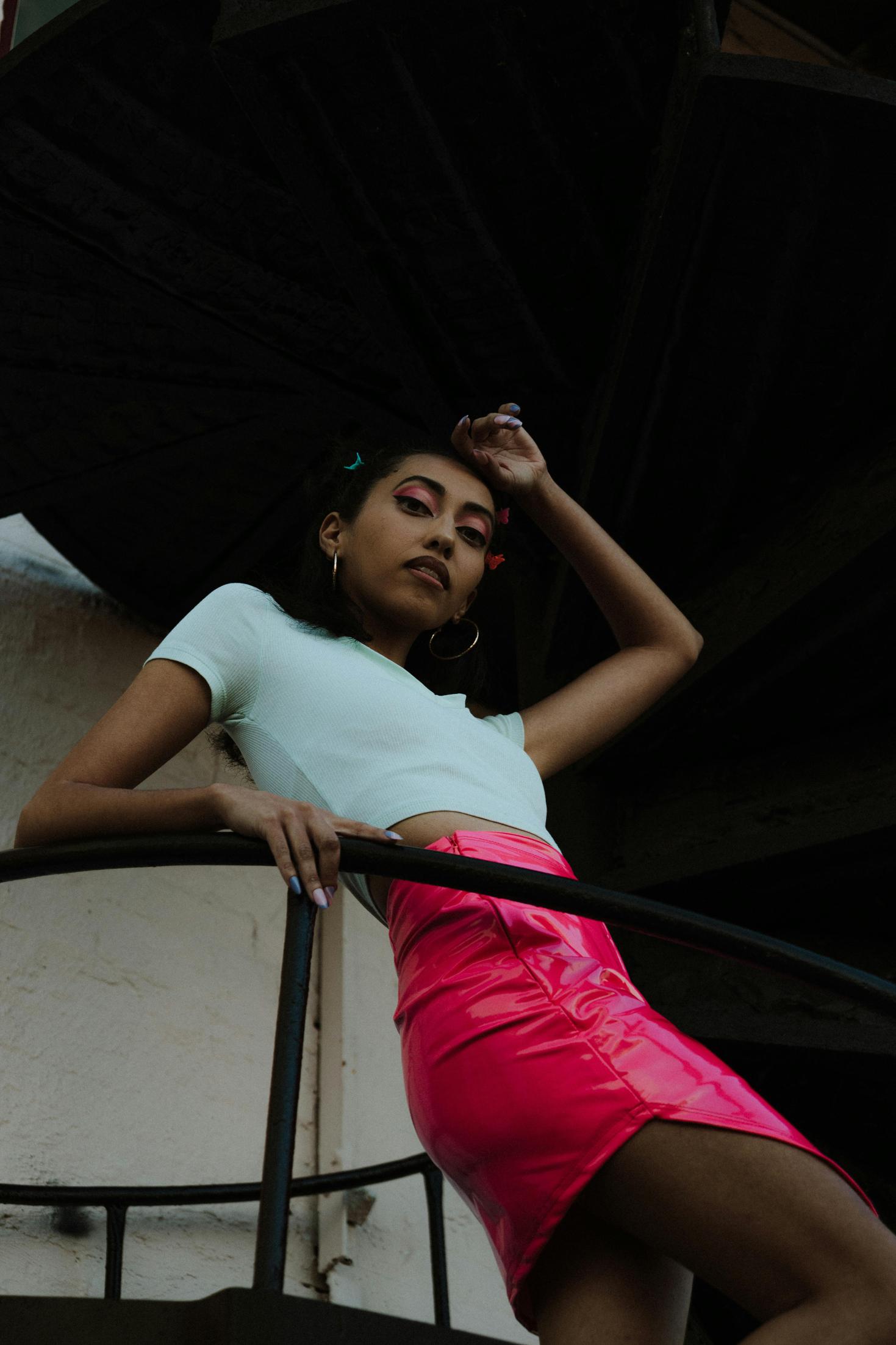Introduction
Crafting your own kaleidoscope offers a creative and educational activity that both children and adults can enjoy. This DIY endeavor not only fosters learning about light and reflection but also results in a beautiful, hand-made toy that provides endless visual enjoyment. In this guide, we’ll walk you through a detailed, step-by-step process to create your very own kaleidoscope. With just a few essential supplies and some optional enhancements, you’ll be amazed at how simple and rewarding this experience can be.

Materials You’ll Need
Before diving into the kaleidoscope-making process, gather all necessary materials. Having everything ready will make construction smoother and more enjoyable.
Essential Supplies
- A cardboard or plastic tube (8-12 inches in length)
- Three mirrors or reflective materials (cut to fit the tube’s interior)
- Clear plastic sheets or glass circles for the viewing window
- Decorative paper or paint for covering the tube
- Tape or glue
Optional Enhancements
- Small beads, sequins, or buttons for the object chamber
- Colored cellophane or translucent materials for added visual effects
- Stickers or markers for personalized decoration
- Flashlight for internal lighting improvements

Constructing the Tube
The tube serves as the main body of your kaleidoscope. Choosing its material, length, and diameter is crucial for a comfortable viewing experience.
Choosing the Right Length and Diameter
Select a tube that is comfortable to hold and look through. Ideally, an 8-12 inch length with a diameter that fits snugly in your hand will work best. Poster tubes or mailing tubes are often good options.
Covering and Decorating the Tube
Decorate the exterior of your tube using decorative paper, paint, or markers. This step is an opportunity to get creative and make your kaleidoscope unique. Ensure the decorations don’t obstruct the internal space.

Creating the Mirrors
The mirrors are central to the kaleidoscope’s function, as they create the reflective patterns. It’s important to choose and prepare these mirrors correctly.
Selecting the Type of Mirror
Choose mirrors that fit precisely inside your tube. Thin optical mirrors or reflective plastic sheets work well. The mirrors should be lightweight and easy to cut to size.
Cutting and Arranging the Mirrors
Cut the mirrors into three equal pieces, ensuring they match the tube’s length. Arrange them in a triangular prism shape with the reflective sides facing inward. This configuration will produce the most captivating patterns. Secure the mirrors together using strong adhesive tape.
Assembling the Kaleidoscope
With the tube prepared and mirrors ready, it’s time to assemble the kaleidoscope.
Fixing the Mirrors Inside the Tube
Carefully slide the arranged mirrors into the decorated tube. They should fit snugly and without any room to move. Use tape or glue to secure the mirrors inside, ensuring they remain stable and aligned.
Adding the Object Chamber
Attach a clear plastic sheet or glass circle at one end of the tube. This will act as the viewing window. On the opposite end, you’ll create the object chamber. This chamber will contain the colorful objects that form the kaleidoscope patterns.
Designing the Object Chamber
The object chamber is where the magic happens. It’s essential to select and arrange objects that will create stunning visual effects.
Types of Objects to Use
Fill the object chamber with small, colorful items such as beads, sequins, buttons, or pieces of colored cellophane. These objects will reflect in the mirrors and generate intricate designs.
Arranging Objects for Optimal Visual Effect
Experiment with the arrangement of the objects. The placement will affect the patterns seen through the viewing window. Opt for a mix of colors, shapes, and sizes to achieve a visually compelling result.
Final Touches
Once your kaleidoscope is assembled, a few final adjustments and tests can elevate its performance. This section ensures your device works perfectly.
Securing all Components
Double-check that all parts are securely fixed. Ensure the mirrors are stable, the object chamber is tightly sealed, and the viewing window is clear.
Testing and Adjusting Your Kaleidoscope
Look through the viewing window and rotate the tube slowly. Observe the patterns and make any necessary adjustments. If the images are blurry or the mirrors seem misaligned, tweak their positions until you achieve sharp and symmetrical visuals.
Enhancing your kaleidoscope can make it even more enjoyable to use. Simple tweaks and customizations can create unique effects.
Tips and Tricks
Enhancing the Internal Light
Improve the visibility inside your kaleidoscope by adding a small LED light or using a flashlight. This addition can intensify the colors and clarity of the patterns.
Customizing with Different Materials
Experiment with various materials for the mirrors and object chamber to discover different visual effects. Using holographic paper or prismatic film can add unique twists to the reflections.
Troubleshooting Common Issues
Even a well-crafted kaleidoscope can encounter problems. Here’s how to address common issues to ensure optimal performance.
Addressing Blurry Images
Blurry images often result from poorly aligned mirrors. Ensure the mirrors form a precise triangular prism and are securely fixed in place. Adjust if necessary.
Fixing Misaligned Mirrors
If the mirrors shift, the patterns can become distorted. Check the alignment regularly and re-secure them with tape or glue if they appear loose.
Conclusion
Creating a kaleidoscope is a fun and rewarding activity that offers a beautiful end product. By carefully following these steps and paying attention to detail, you can craft a personal, unique kaleidoscope. Enjoy the mesmerizing patterns and vibrant colors, knowing you built it from scratch.
Frequently Asked Questions
What materials do I need to make a kaleidoscope?
You’ll need a tube, mirrors, clear plastic sheets or glass, decorative materials, and objects for the chamber such as beads or sequins.
How can I ensure the mirrors are perfectly aligned?
Arrange the mirrors in a triangle with the reflective sides inward. Secure them tightly with tape or glue to maintain the correct shape and alignment.
Can I customize the objects inside the kaleidoscope?
Absolutely! Feel free to experiment with different small, colorful items such as buttons, cellophane, and sequins to create unique visual patterns.
